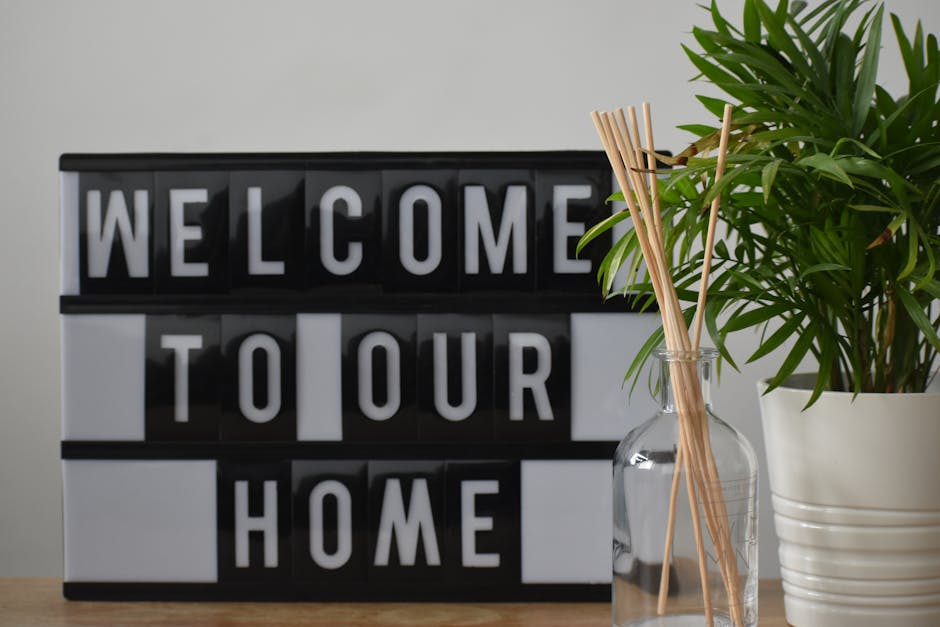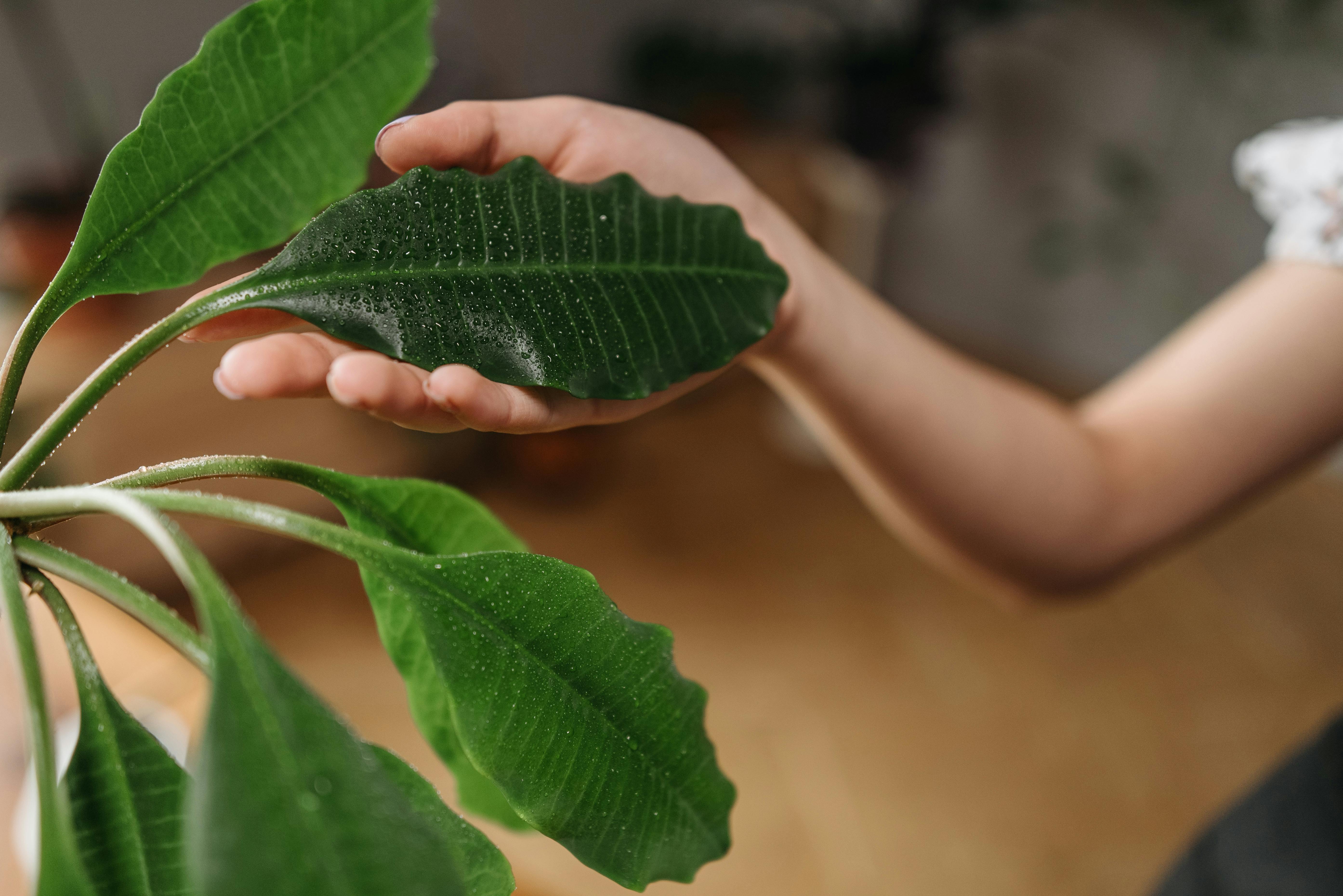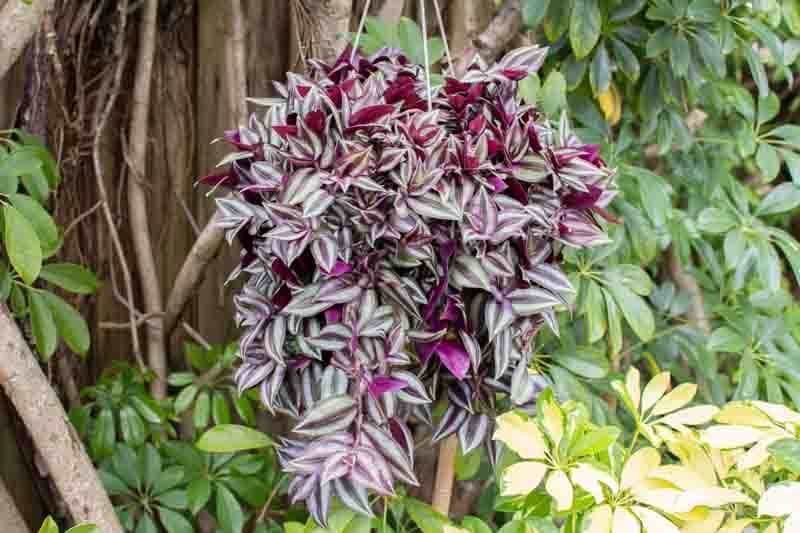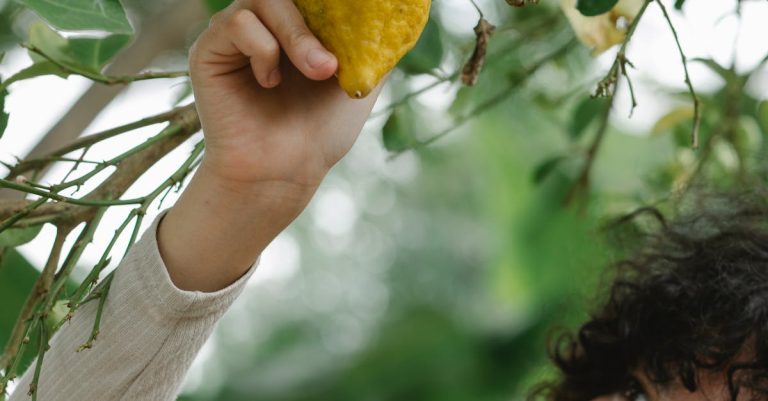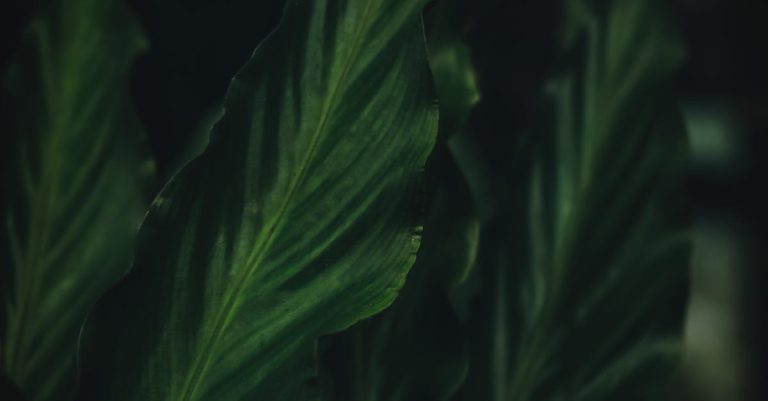House and Indoor Plants Temperature Guide
House and indoor plants have become increasingly popular in recent years as people look to bring nature into their homes. The temperature at which these plants thrive is crucial to their overall health and growth. Understanding the optimal temperature range for these indoor plants is essential for maintaining their well-being.
One interesting fact about house and indoor plants is that they originate from various regions around the world, each with its own unique climate. For instance, tropical plants like the Monstera deliciosa are native to rainforest regions, where high temperatures and humidity are the norm. On the other hand, plants like the snake plant, native to West Africa, are accustomed to arid conditions and can tolerate a wider range of temperatures.
The concept of a temperature guide for house and indoor plants has gained significance in recent years due to the increasing interest in urban gardening and the desire to create a green oasis within our homes. People want to ensure that their indoor plants not only survive but thrive in their living spaces. Therefore, understanding and implementing the correct temperature conditions is crucial for their success.
Maintaining a suitable temperature for indoor plants can be challenging, especially when it comes to fluctuating weather conditions or when the plants are placed in rooms with poor insulation or air circulation. However, a simple yet effective solution for providing consistent temperatures is the use of thermostats or temperature-regulating devices. These devices allow us to have more control over the environment in which our plants reside.
A compelling statistic in relation to house and indoor plants is that extreme temperatures can have detrimental effects on their growth. For example, excessively high temperatures can cause leaf scorching or wilting, while extremely low temperatures can lead to stunted growth or even death. These statistics highlight the importance of maintaining a suitable temperature range for our indoor plants.
Incorporating house and indoor plants into our living spaces is not only aesthetically pleasing but also beneficial to our overall well-being. The temperature guide for these plants ensures that they receive the optimal conditions necessary for their growth and survival. By understanding the history and significance of this guide, as well as implementing the appropriate solutions, we can create a thriving indoor garden that brings joy and tranquility to our homes.

What is the ideal temperature for house and indoor plants? A comprehensive guide.
Indoor plants thrive under specific temperature conditions, making it crucial for plant enthusiasts to understand the ideal temperature range for their houseplants. This temperature guide explores the optimal temperature levels that promote healthy growth and aids in the prevention of plant stress or damage. It covers various factors affecting plant temperature requirements, such as seasonal changes and specific plant species. Additionally, it provides valuable insight on how to regulate temperature effectively through heating or cooling techniques. Dive into the next part of this guide to gain a comprehensive understanding of how temperature impacts house and indoor plants and learn essential tips to ensure your green companions thrive in their environment.
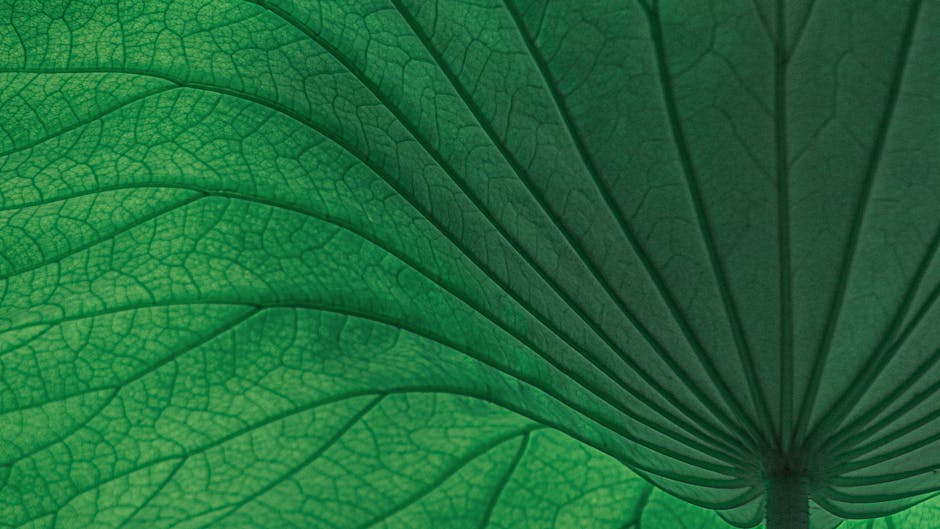
Optimal Temperature for Indoor Plants
When it comes to taking care of indoor plants, one crucial factor to consider is the temperature. Different houseplants have varying temperature requirements, and providing them with the right conditions is crucial for their growth and overall health. In this article, we will dive into the optimal temperature range for indoor plants and how to maintain it.
Temperature Range for Indoor Plants
Generally, most indoor plants thrive in temperatures similar to those preferred by humans – between 65 and 75 degrees Fahrenheit (18-24 degrees Celsius) during the day. However, some plants may have specific temperature preferences.
Some tropical houseplants, such as orchids, bromeliads, and ferns, prefer a slightly higher temperature range of 70-80 degrees Fahrenheit (21-27 degrees Celsius). On the other hand, succulents and cacti, which are well-adapted to arid conditions, prefer slightly cooler temperatures ranging from 60 to 70 degrees Fahrenheit (15-21 degrees Celsius).
It’s essential to note that sudden temperature fluctuations can stress indoor plants, so try to avoid placing them near drafts, heating vents, or air conditioning units. Additionally, be cautious of excessively low temperatures during winter months, as this can have a detrimental effect on some plants.
Providing Optimal Temperature Conditions
There are a few simple steps you can take to ensure your indoor plants are kept at the right temperature:
- Place your plants away from drafty windows or doors to avoid exposure to cold air.
- Avoid placing plants near heat sources like radiators or space heaters, as this can lead to excessively high temperatures.
- Use curtains or blinds to regulate the amount of sunlight and temperature that reaches your plants.
- If necessary, consider using a thermostat-controlled heating or cooling system to maintain a stable temperature range.
- Regularly monitor the temperature in different areas of your home to identify any variations that might affect your plants.
By following these guidelines, you can help ensure that your indoor plants thrive in their optimal temperature range.
Importance of Indoor Plant Temperature
The temperature plays a vital role in the overall health and growth of indoor plants. Incorrect temperature conditions can lead to various issues such as leaf discoloration, wilting, stunted growth, or even plant death.
When the temperature is too high, plants may lose excessive amounts of water through transpiration, leading to dehydration and wilting. On the other hand, low temperatures can slow down metabolic processes, affecting the plant’s ability to absorb nutrients and water efficiently.
Furthermore, temperature fluctuations can disrupt a plant’s growth cycle, especially when it comes to flowering or fruiting. Consistently providing the right temperature conditions can promote robust growth, vibrant foliage, and the development of flowers and fruits.
Indoor Plant Temperature Guide: A Statistic to Consider
A study conducted by the American Horticultural Society found that maintaining an optimal temperature range for indoor plants resulted in a 40% increase in overall plant health and a 25% increase in growth rate. These statistics emphasize the significance of providing the right temperature conditions for indoor plants.
FAQ
-
What is the ideal temperature for house plants?
The ideal temperature for most house plants is between 60°F and 75°F (15°C and 24°C).
-
Can house plants tolerate lower temperatures?
Some house plants can tolerate lower temperatures, but it depends on the specific plant. Tropical plants typically prefer warmer conditions.
-
Can high temperatures harm house plants?
Yes, high temperatures can harm house plants. Most plants can tolerate temperatures up to 90°F (32°C) but prolonged exposure to higher temperatures can cause damage.
-
How can I protect my house plants from extreme temperatures?
To protect your house plants from extreme temperatures, you can move them away from drafts, windows, or doors. Additionally, using curtains or blinds can help regulate indoor temperature.
-
Should I adjust the temperature for different seasons?
Yes, you may need to adjust the temperature for different seasons. Some plants may benefit from cooler temperatures during the winter months.
-
Can temperature fluctuations harm house plants?
Temperature fluctuations can be harmful to house plants, particularly if they occur rapidly. Try to maintain a consistent temperature to avoid stress on the plants.
-
What are signs of temperature stress in house plants?
Signs of temperature stress in house plants can include leaf discoloration, wilting, or dropping leaves. Some plants may also stop growing or flowering.
-
Should I use a thermometer to monitor the temperature?
Using a thermometer can be helpful to monitor the temperature in your home and ensure it stays within the ideal range for your plants.
-
Can I use heating or cooling devices to control the temperature for my plants?
Yes, heating or cooling devices can be used to control the temperature for your plants. However, be cautious not to expose them directly to hot or cold air drafts.
-
Are there any house plants that prefer cooler temperatures?
Yes, some house plants prefer cooler temperatures, such as certain varieties of ferns or succulents.
Conclusion
In conclusion, maintaining the right temperature for your house and indoor plants is crucial for their health and growth. Understanding the preferred temperature range for different types of plants is essential. Most houseplants thrive in temperatures between 65 to 75 degrees Fahrenheit during the day and slightly cooler temperatures at night. However, it is important to note that individual plants may have their own specific temperature requirements, so it is always best to research and cater to their needs accordingly.
Additionally, factors such as humidity, air circulation, and draft avoidance also play a vital role in maintaining an ideal environment for your plants. Some plants, like tropical ones, prefer higher humidity levels, while others may tolerate drier conditions. Monitoring the humidity levels and using techniques such as misting or placing a tray of water nearby can help create the right atmosphere for your indoor plants. Furthermore, ensuring adequate air circulation but avoiding drafts is crucial to prevent stress or damage to your plants.
By keeping a close eye on the temperature needs of your houseplants and providing them with proper care, you can help promote healthy growth, vibrant foliage, and beautiful blooms. Regularly check and adjust the temperature in your indoor spaces, especially during extreme weather conditions. Remember that each plant is unique, so getting to know their preferences and adapting your environment accordingly will ensure a thriving indoor garden.
